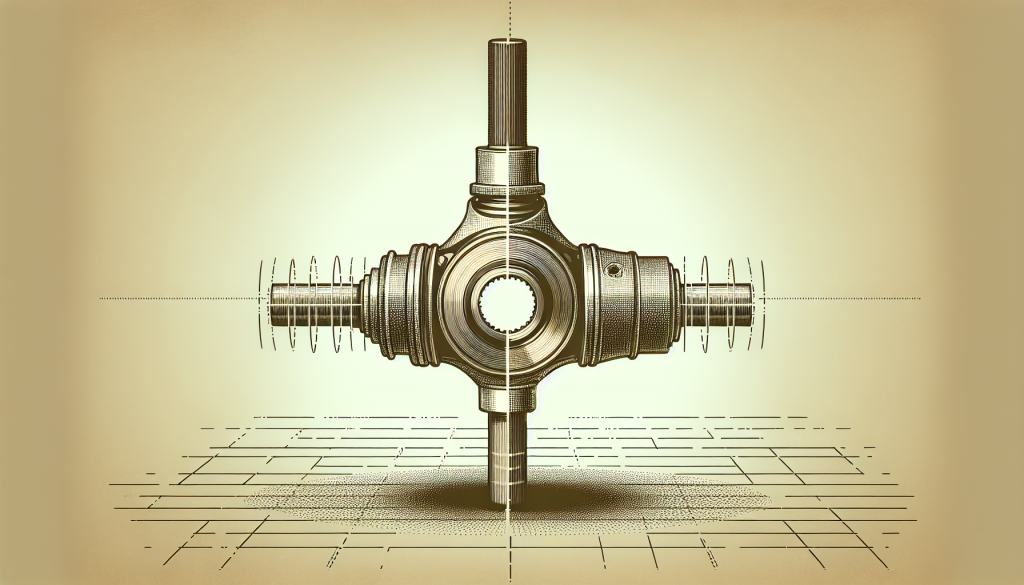Spotting a Bad CV Joint
Knowing when your CV joint is on the fritz is key to keeping your ride smooth and safe. Let’s break down the telltale signs and why you shouldn’t ignore them.
Signs Your CV Joint is Failing
When your CV joint starts acting up, it doesn’t stay quiet about it. Here’s what to watch out for:
- Clicking or Popping Sounds: Hear a click or pop when you turn? Especially during sharp turns? That’s a red flag.
- Vibrations While Driving: Feel your car shaking, especially when you hit the gas? Your CV joint might be the culprit.
- Grease on the Wheels: Spot some grease splattered inside your wheels? A torn CV boot could be leaking.
- Bouncing or Clunking Noises: Hear a clunk when you go over bumps? That’s another sign something’s up.
- Loss of Drive: Worst case, a busted CV joint can leave you stranded with no drive at all.
| Symptom | What It Means |
|---|---|
| Clicking or Popping Sounds | Happens during sharp turns |
| Vibrations While Driving | More noticeable when accelerating |
| Grease on Wheels | Torn CV boot leaking grease |
| Bouncing or Clunking Noises | Heard over bumps |
| Loss of Drive | Car becomes immobile |
Don’t brush these off. Ignoring them can lead to bigger headaches down the road.
Why You Should Fix CV Joint Issues ASAP
Fixing CV joint problems right away is a no-brainer. Here’s why:
- Safety First: A bad CV joint messes with your car’s handling. It can make driving dangerous.
- Prevent Bigger Problems: A broken CV joint can mess up other parts of your car, like the driveshaft or transmission. Fix it now, save big bucks later.
- Avoid Getting Stranded: If your CV joint fails completely, you’re stuck. And fixing it then will cost you more.
For more on diagnosing car vibrations, check out our vehicle vibration diagnosis guide. Stay sharp and fix those CV joint issues early to keep your ride smooth and safe.
Fixing a Faulty CV Joint
If your car’s shaking like a leaf or vibrating like a phone on silent, your CV joint might be the bad guy. Fixing it fast keeps your ride smooth and safe.
How to Replace a CV Joint
Swapping out a CV joint isn’t rocket science, but it does take some elbow grease. Here’s how I do it:
- Lift the Car: Get the car up on jack stands. Safety first, folks.
- Remove the Wheel: Pop off the wheel to get to the CV joint.
- Disconnect the Axle Nut: Loosen and remove the axle nut.
- Remove the Steering Knuckle: This frees the CV joint from the axle.
- Slide Out the Faulty CV Joint: Carefully pull out the bad CV joint.
- Clean the Area: Make sure everything’s spick and span.
- Install the New CV Joint: Align it with the axle shaft and slide it in.
- Reassemble Everything: Put the steering knuckle back, tighten the axle nut, and replace the wheel.
Why You Shouldn’t Wait to Replace a CV Joint
Fixing a bad CV joint right away has its perks:
- Smooth Ride: No more annoying shakes and vibrations. Your car will feel like new.
- Prevent Bigger Problems: Ignoring it can mess up your axle or suspension, leading to pricier repairs.
Here’s a quick look at what you might pay:
| Problem | Estimated Cost |
|---|---|
| CV Joint Replacement | $200 – $400 |
| Axle Repair | $500 – $900 |
| Suspension Repair | $1,000 – $2,000 |
Fixing the CV joint early saves you from shelling out big bucks later. Plus, keeping your car in good shape means you’re less likely to end up in a fender bender.
Want to know more about car issues? Check out our articles on car shaking at high speeds and steering wheel vibration.



